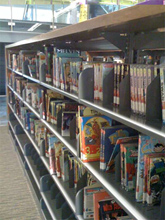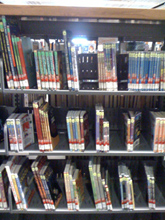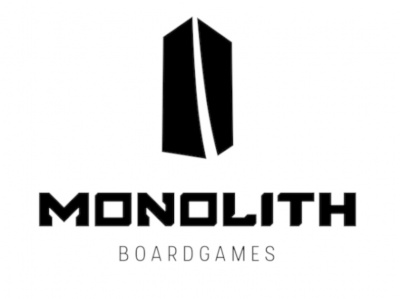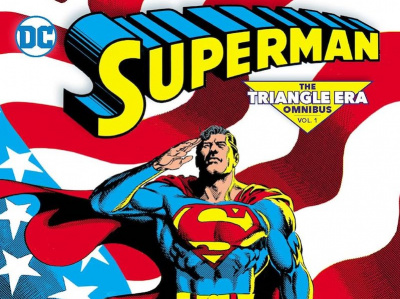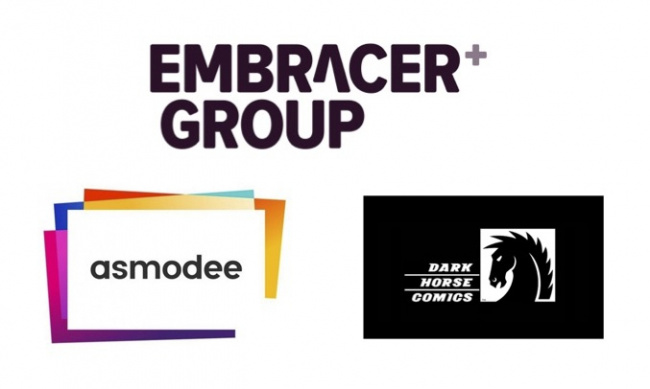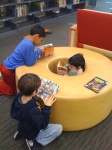
When we saw a picture of the new children’s graphic novel collection at the Alameda Free Library in Alameda, California in a tweet from Supervising Children’s Librarian (and ICv2 reviewier) Eva Volin, it looked to us like the kind of place where new comic readers were being created on a regular basis. We were intrigued and asked for more information. Here are Volin’s answers, giving some great info on the kids’ graphic novel collection and how it’s developed.
How many books and titles are in the kids’ graphic novel collection?
Our system counts volumes rather than individual titles, so I can tell you that I have 954 volumes in the children's graphic novel collection at the Main Library. If we include the mini-collections at our two branches, the number goes up to 1475 volumes in the system. Circulation of this collection is so high that I'll often buy two copies of each title for the Main Library, so an educated guess says that we have over 800 titles in our children's collection. Since our children's section serves kids from birth through eighth grade, we have a broader range of ages and reading levels to collect for.
What are a few of your top titles and how many copies do you have?
It's when I get questions like this one that I miss being in a bookstore. Instead of being able to easily pull up what does circulate well, our bestsellers if you will, my system only tells me what doesn't circulate. I can tell you what we get the most requests for, though.
The Pokemon train is still chugging along with no slowdown in sight. I also get a lot of requests for tie-in comics, like the Warriors titles from Tokyopop, the Star Wars: Clone Wars digests from Dark Horse, and the Alex Rider books from Penguin.
What's most interesting to me are the stealth titles. These are the books I know I purchased, but I never see on the shelf; the books are checked out, they come back three weeks later, and go out again the same day. For example, we've owned Eric Shanower's Adventures in Oz for only two and a half years and it has already circulated 45 times. My Mommy is in
Non-fiction graphic novels are also doing remarkably well. I have those shelved on the top shelf at the beginning of the section, where they won't get lost or overlooked. Everything from Adventures in Cartooning (First Second) to Howtoons (HarperCollins) to The Triangle Shirtwaist Factory Fire (Capstone) all circulate well with no extra help from me.
About what percentage are manga?
I'd say at least 30% of the collection is manga, both Japanese and world manga. This may seem low until you consider that the majority of the manga published in the
What was the process of putting it together--how long have you been working on it?
I've been working on the collection for about three years, slowly building it up until it has finally reached critical mass. By that I mean that there are as many books on the shelf waiting to be checked out as we have books checked out. There's nothing worse than showing someone where the collection is and having nothing there on the shelf for him or her to take home.
Most of the review sources librarians traditionally use when selecting books have begun regularly reviewing graphic novels, which has made building this collection easier. I have the added benefit of being one of the members of Good Comics for Kids, a blog hosted at Schoollibraryjournal.com. The team gets to read and review a number of books that aren't reviewed by the usual journals, so I have a bit of a head start when selecting new titles.
Did you have circulation data that was telling you it was time to break out the kids’ titles?
Not really. What I had were eight to ten requests a week for comics, both strips and books. You get enough kids hammering away at you and eventually you get the message. I had also just come from a library system where I purchased all the teen materials, so I knew first-hand how having a graphic novel section can transform a collection. So, I was a pretty easy sell.
What other graphic novel sections do you have?
We have three separate graphic novel sections, one in kids, one in teens, and one in the adult section. All three collections are in different places in the library and they are all marked differently, keeping shelving mishaps from occurring too frequently.
Do you know how your graphic novel sections circulate vs. each other, or vs. other areas of the library?
I have to tell you, our adult collection is almost as popular as our kids collection. The graphic novel-reading adults in our community have been thrilled to not be lumped in with the teens. Adults have every reason to want to read books written for adults and we respect our patrons enough to collect graphic novels for all age ranges.



